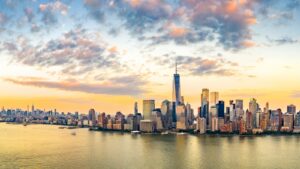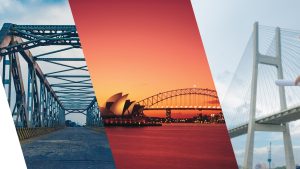Australia is a land of highways that inter-connect various states. Constructing a highway takes more than one year most probably, but the main tasks do not end there. Maintaining their good condition should be given the top priority by the government authorities and the construction companies who have taken responsibility. Walking on the sustainability path while maintaining them is also a major concern. That is where you need to hold hands with new technology such as ‘Visual Data Analytics’.
In this article, we will be explaining everything about this cutting-edge technology and its utilisation in sustainable highway maintenance efforts in Australia.
What is Visual Data Analytics?
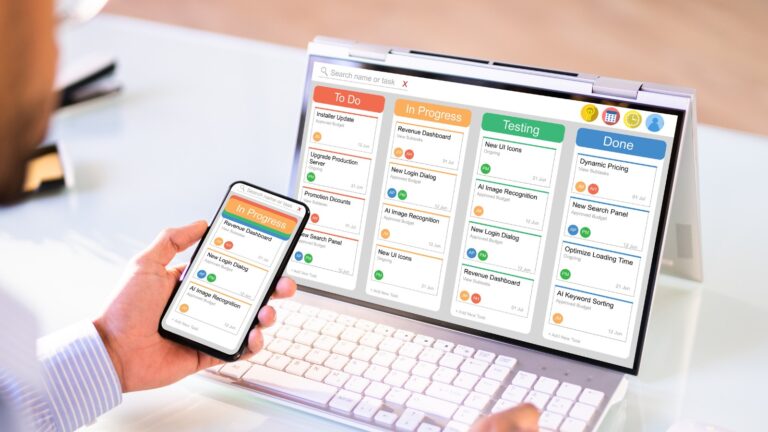
Visual analytics is the employing of advanced tools and procedures to evaluate datasets using graphical representations of the data. Users can observe trends and gain useful insights by viewing the data as graphs, charts, and maps. Organisations could enhance their data-driven decisions thanks to these insights.
Is ‘data visualisation and visual data analytics’ the same? No, there is a clear difference. Data visualisation is more than just showing information graphically. It is simple to mix data from several sources and conduct an in-depth analysis of the data within the visualisation itself thanks to modern, interactive visual analytics. Also, AI and machine learning algorithms can make suggestions that will help in focusing on where to look. In the end, visual analytics assists organisations in transforming huge amounts of data into business insights that could significantly help their business.
Highway maintenance is being transformed by immersive technologies like Digital Twin, Simulation, AR/VR, and Dashboards. Through visual analytics, these technologies offer a new level of comprehending. Highways in the physical world are replicated in digital twins for planning and monitoring. Testing procedures for maintenance is possible via simulation while immersive instruction and on-site support are provided through AR/VR technology. In order to make informed decisions, dashboards combine data. Together, they improve accuracy, efficiency, and safety in highway maintenance, resulting in fewer accidents and more comfortable travel for everybody.
Key Challenges Faced in Sustainable Highway Maintenance
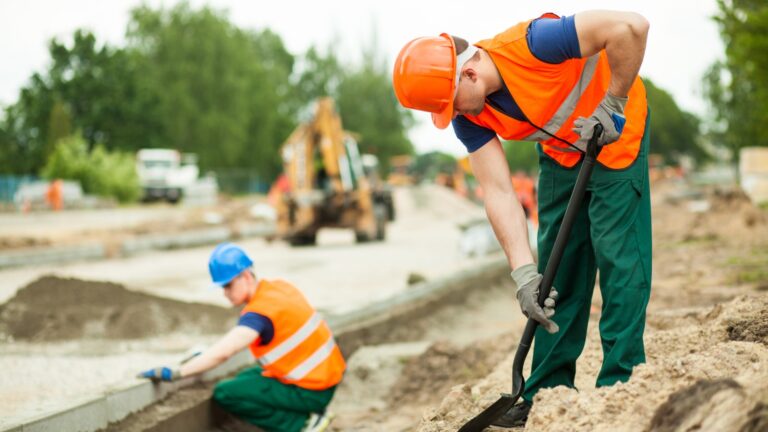
Environmental Impact Mitigation
It is difficult to minimise environmental damage caused by building materials, chemicals, and runoff while maintaining sustainable highways. This task requires achieving a careful balance between protecting the safety of road users and ensuring that highways operate efficiently, while also reducing their adverse impact on the environment.
The complexity of sustainable highway maintenance is highlighted by the need for strong, reliable highways while continuing to implement environmentally friendly measures. This goal is an authentic attempt to balance the sustainability of the environment and human mobility, and it is a reflection of the changing values of modern infrastructure management.
Balancing the Use of Resources
Energy, water, and raw material balancing is a complex task that needs careful planning. It demands reducing waste, protecting priceless resources, and reducing carbon impact. This complex balancing act requires careful energy allocation, efficient water usage, and the use of raw materials that are beneficial to the environment.
In order to go down the highway of sustainability, which is lined with thoughtful choices, cutting-edge methods, and a lifelong commitment to protecting our planet’s resources, such balance is needed. We understand that maintaining sustainable highways requires careful decision-making and an undying commitment to balancing development with ecological responsibility.
Innovative Technologies Adoption
The implementation of cutting-edge technologies is a critical barrier to the adoption of sustainability in highway maintenance. The possibility of incorporating creative strategies like recycled materials, real-time monitoring via smart sensors, and eco-friendly construction techniques is significant. But there are obstacles all along the way. The swift acceptance of these developments could be delayed by the initial expenses and the resistance to change.
It is crucial for finding a balance between short-term investments and long-term rewards. We can see that the authorities struggle with the need to overcome challenges and cultivate a mindset that promotes development for a sustainable tomorrow as they go forward, aware that cutting-edge technologies are the foundation that leads to a greener infrastructure future.
Long-Term Condition-Based Asset Management
While reducing the need for ongoing maintenance, the aim is to increase the lifespan of highways, so looking for longevity is challenging. While using sustainable materials and processes promises durability, ensuring their long-term endurance is problematic. The necessity for long-term efficiency and the need to lessen the impact on the environment are interwoven.
It is quite tough to achieve this state of balance where roads stand up to the forces of nature and time. It is important to manage the path to highway sustainability by fostering the creation of durable solutions, battling the complexities of endurance in order to construct durable roads for the future.
Top 4 Benefits of Visual Data Analytics for Sustainable Highway Maintenance
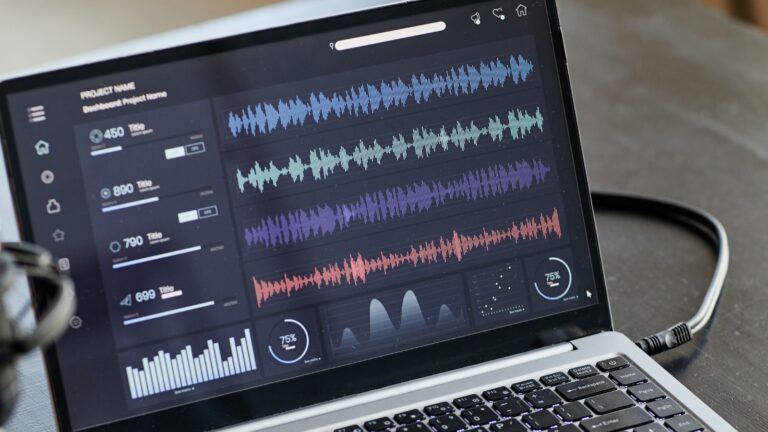
Cost, Risk and Performance Monitoring
Visual Data Analytics offers a big advantage for maintaining highways sustainably through cost, risk and performance monitoring. The performance of the highways can be swiftly evaluated by repair workers by employing graphs to comprehend data from sensors and monitors. This enables them to quickly identify and rectify issues like cracks or wear down.
In addition to maintaining the safety of the roadways, this also prevents costly major repairs. This method of data analysis also improves resource utilisation, which is crucial for sustainability. By using this visual technology, highways could be monitored like they have a specialist, who can identify issues before they worsen. Also this technology allows the highway maintenance teams to look into the potential risks which pave the way for them to prevent accidents. It demonstrates how effectively using data can enhance the maintenance of highways.
Resource Optimisation
Governmental agencies can improve the efficiency of sustainable highway maintenance by visual analysis of data on traffic flow, weather changes, and usage patterns. Authorities are given the ability to adjust maintenance schedules using this technique, ensuring that resources are used efficiently.
Such insight-driven solutions streamline resource consumption while minimising energy and material waste. This strategy not only guarantees that the roads are kept in good shape, but it also helps to create a greener environment by using fewer resources than are necessary. This use of visual data reveals a strong technique for optimising highway maintenance procedures, encouraging both effective operations and ecological responsibility in an atmosphere that is becoming more environmentally conscious.
Predictive Maintenance
With the use of images and maps, authorities can make insightful forecasts about when highways might require maintenance. This enables them to prioritise tasks in order to avoid major issues and extend the life of highways.
This keeps operations going smoothly, minimises road closures, and ensures that highways remain in good condition for an extended period. As part of the effort to manage things sustainably, people who use highways are also encouraged to be environmentally friendly by doing this.
Stakeholder Communication
It is simpler to convey complex maintenance information to critical audiences like the government, workers, and the general public when authorities provide data using graphics and charts. Everyone can better grasp the need of maintaining highways sustainably thanks to this straightforward explanation.
Also, it encourages people to support and unite behind initiatives that aim to maintain roads in good condition for an extended period. All can work together to ensure that their highways are secure, effective, and environmentally friendly as it is a collaborative effort that keeps the highways in good condition.
Expedite Success with New-Era Technology
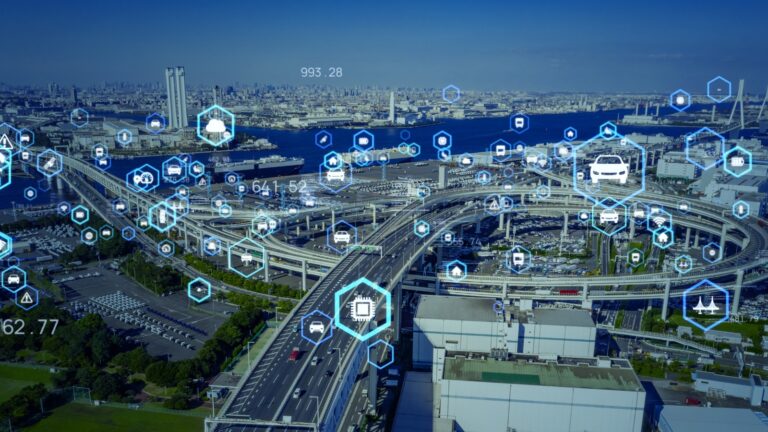
Getting partnered with new-age technology can expedite your business success in no time while expanding your business capacities to an unmatched level with its robust features and functionalities. However, you must collaborate with a reputed software supplier when purchasing any system for the company. This is our friendly reminder for you before ending this article.



